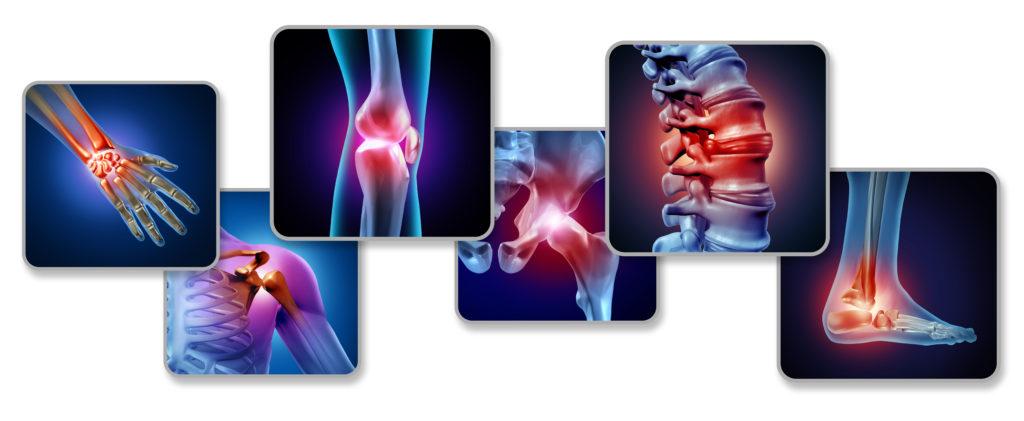Often known as an MRI, is used by physicians to diagnose orthopedic and other chronic conditions resulting in pain complaints by a patient. An MRI utilizes magnetic fields and radio waves to obtain detailed, high-quality photos of the targeted area of the body. For example, an orthopedic surgeon may use an MRI to see tendons, ligaments, and bones in the patient complaining of knee pain or discs, nerves, facets, and vertebrae in the spine. An MRI is a much higher contrast diagnostic tool than an x-ray.

An x-ray is a very basic diagnostic tool. Some compare an x-ray to flying over the earth in a commercial airliner; you can see the fields and roads but very few minor details. An MRI, however, is closer by comparison to skimming the ground from a few feet above the earth, allowing you to see find details of rocks and sand. Similarly, an MRI gives medical providers a closer view of what is going on in the targeted area of the body.
It is important to note that most emergency rooms do not utilize MRI’s following an injury where the patient complains of pain. Most of the time, especially in cases involving soft tissue injuries, an emergency room will only obtain an MRI. In some cases, especially where a person complains of headaches, and a diligent medical provider may order a CT scan but in most cases, a patient can only expect to obtain results from an MRI. This incorrectly leads many uneducated patients to leave the emergency room believing that nothing is seriously wrong in spite of subjectively continuing the be in pain because “the ER said nothing showed up on the x-ray.” The thing to remember here is that an x-ray is one of the most basic forms of diagnostic known to modern medicine. Therefore, an injury victim should remember the following:
- Understand that more needs to be done if you continue to experience pain following a visit to the emergency room. An emergency room in most cases only provides stabilizing care, meaning that more diagnostics and treatment may be necessary in order to fully diagnose and treat your pain.
- Seek the advice of a specialist if your pain continues. Do not delay or wait a long period of time after leaving the emergency room
- If your health insurance plan requires you to see a primary care physician before seeing a neurologist or orthopedic specialist verbally express your desire to see a specialist to the primary care physician. Do not simply settle for seeing a general practitioner if you feel that you need to see a specialist. You should certainly never exaggerate your complaints of pain but do not hold back either when seeing the primary care physician. If your pain is a constant 10 out of 10 say so. Understand that pain levels that you, as a patient communicate to the doctor may slow down or speed up the decision to send you to a specialist.
- Insist on obtaining an MRI. There is no shame in being an educated patient. While many good medical providers understand the need to obtain an MRI quickly, others may delay due to a lack of local availability of MRI diagnostics or restrictions placed on obtaining these diagnostics by health insurance companies. Be persistent.
Source URL: Details of Magnetic Resonance Imaging
